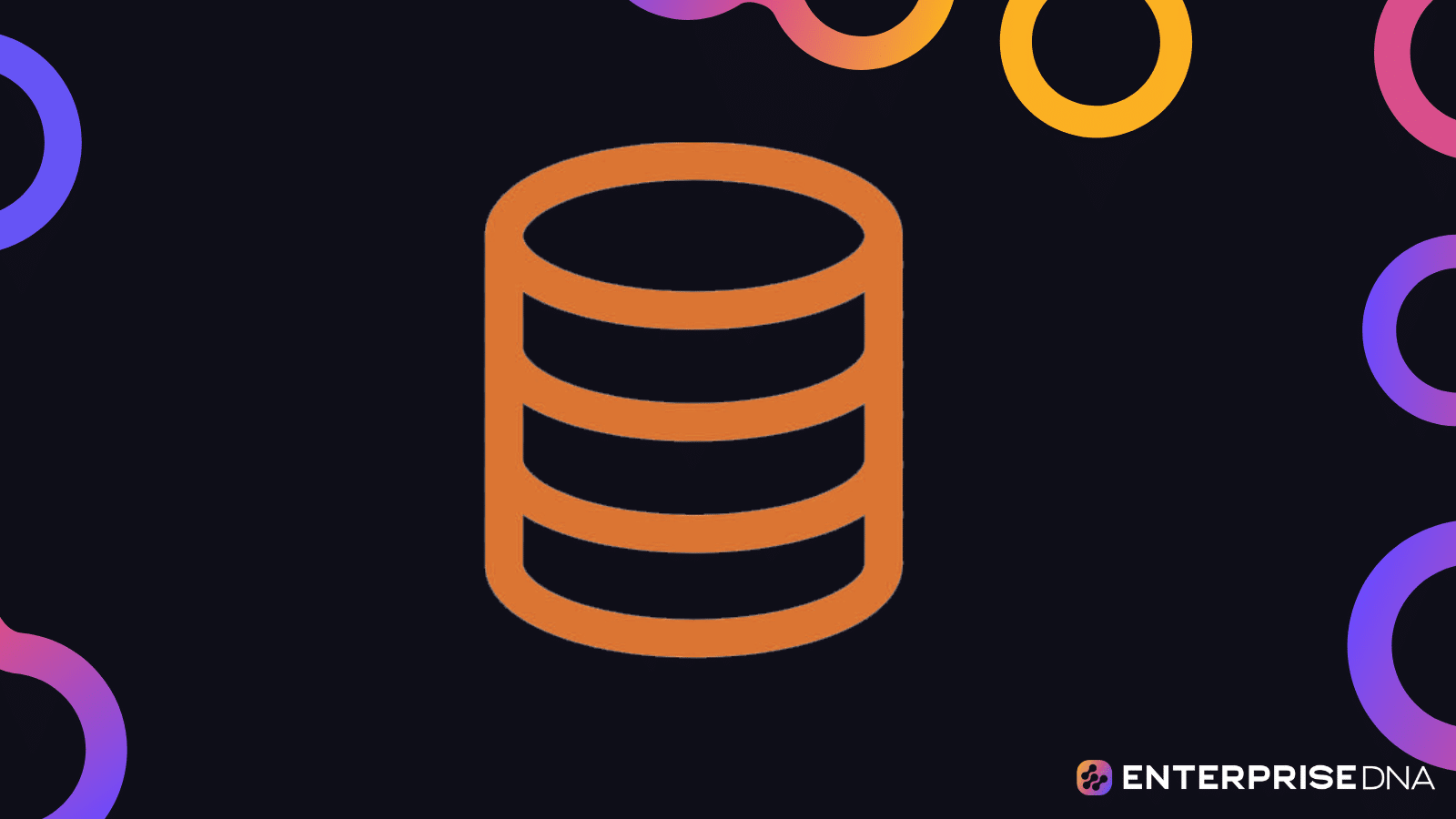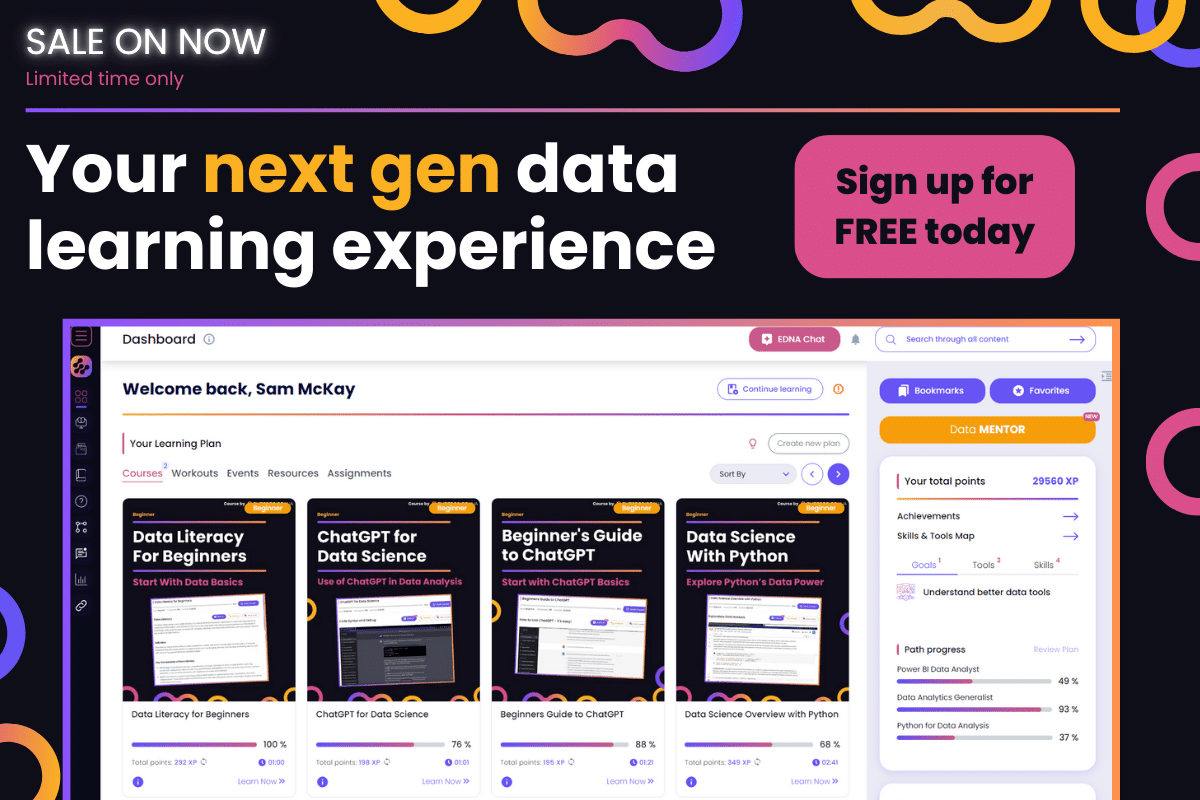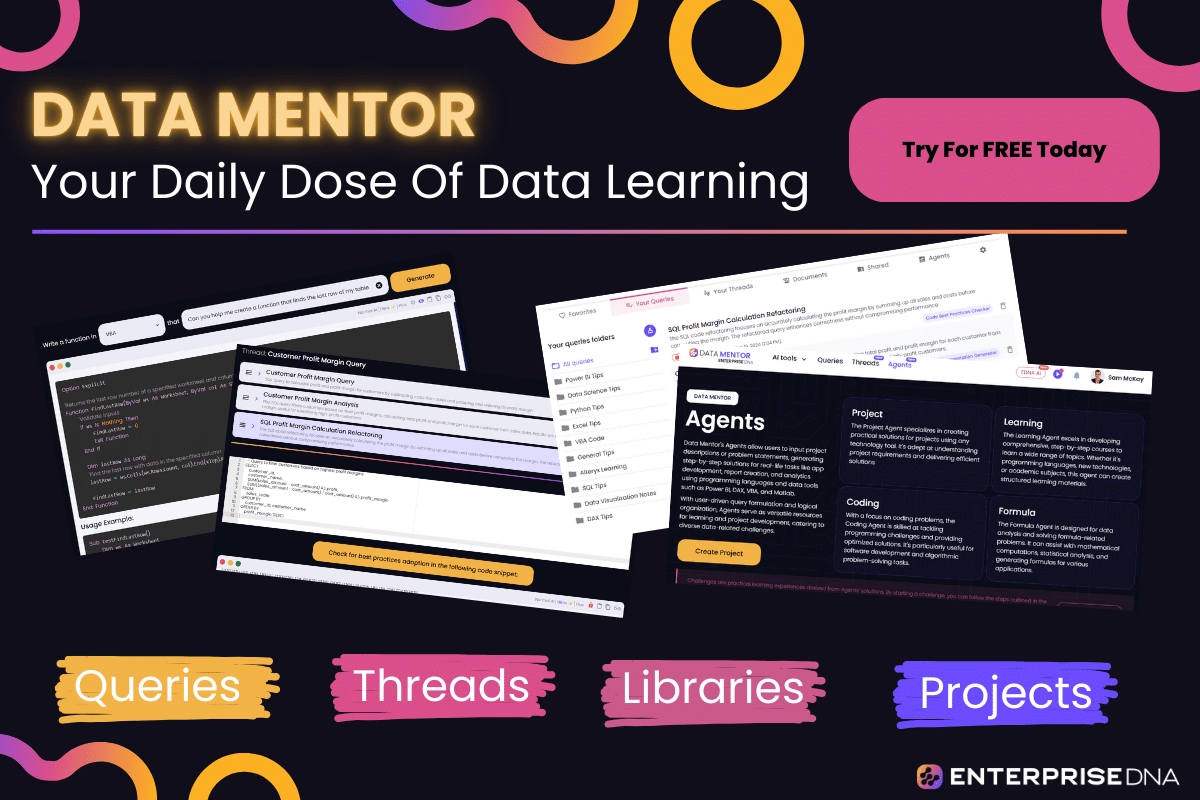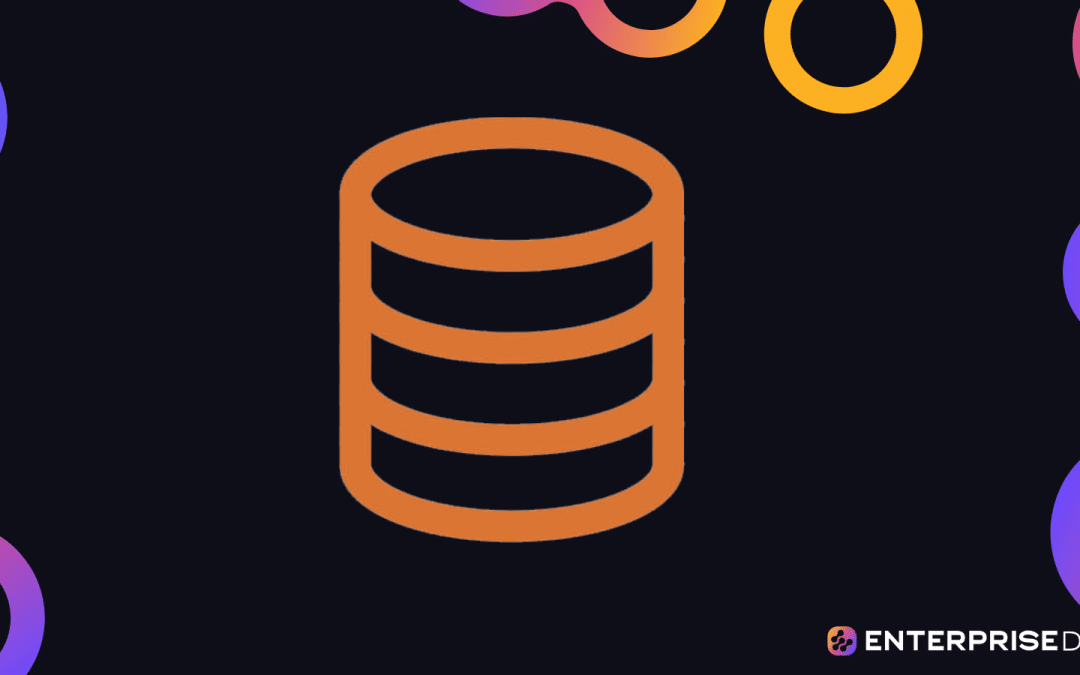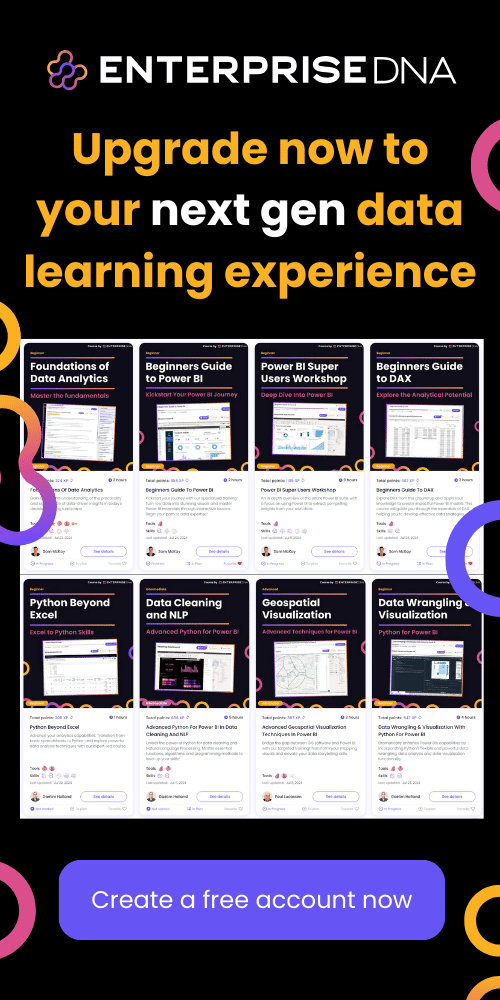Introduction to Data Aggregation
Overview
Data aggregation is a process by which raw data is collected and expressed in a summary form for statistical analysis. The goal is to get more insight into the data through patterns, trends, and key metrics.
Types of Aggregation
- Sum: Computes the total of a numerical data set.
- Average (Mean): Calculates the central value of a data set.
- Count: Returns the number of occurrences.
- Max/Min: Finds the highest or lowest values in a data set.
- Median: Determines the middle value in a data set.
Basic Functions for Data Aggregation
SUM
Usage: Summing up a list of numbers.
Function Sum(data):
total = 0
For each number in data:
total = total + number
End For
Return total
Example:
Input: [4, 8, 15, 16, 23, 42]
Output: 108
AVERAGE (MEAN)
Usage: Calculating the average of a list of numbers.
Function Average(data):
total = Sum(data)
count = Length(data)
If count == 0:
Return 0
else:
Return total / count
Example:
Input: [4, 8, 15, 16, 23, 42]
Output: 18
COUNT
Usage: Counting the number of elements in a list.
Function Count(data):
counter = 0
For each element in data:
counter = counter + 1
End For
Return counter
Example:
Input: [4, 8, 15, 16, 23, 42]
Output: 6
MAXIMUM
Usage: Finding the maximum value in a list of numbers.
Function Max(data):
max_value = data[0]
For each number in data starting from index 1:
If number > max_value:
max_value = number
End If
End For
Return max_value
Example:
Input: [4, 8, 15, 16, 23, 42]
Output: 42
MINIMUM
Usage: Finding the minimum value in a list of numbers.
Function Min(data):
min_value = data[0]
For each number in data starting from index 1:
If number < min_value:
min_value = number
End If
End For
Return min_value
Example:
Input: [4, 8, 15, 16, 23, 42]
Output: 4
MEDIAN
Usage: Finding the median value in a list of numbers.
Function Median(data):
Sort data in increasing order
count = Length(data)
middle_index = count // 2
If count is odd:
Return data[middle_index]
else:
Return (data[middle_index - 1] + data[middle_index]) / 2
Example:
Input: [4, 8, 15, 16, 23, 42]
Output: 15.5
Application Example
Suppose you have a dataset of daily temperatures over a month and you want to find:
- The total temperature recorded.
- The average temperature.
- The count of entries.
- The highest and lowest temperatures.
- The median temperature.
By applying the above functions, you can easily derive these details from the raw dataset.
Understanding Built-in Aggregation Functions
Built-in aggregation functions play an essential role in data analysis and summarization. They allow us to compute meaningful statistics from our data such as sums, averages, counts, minimums, and maximums. Below is a comprehensive guide to understanding some common built-in aggregation functions and their practical implementations in a generalized SQL context.
Common Aggregation Functions
- SUM()
- AVG()
- COUNT()
- MIN()
- MAX()
Each function provides a unique perspective on the data, helping to answer different types of questions. Let’s take a look at each one with practical examples.
1. SUM()
The SUM() function calculates the total sum of a numeric column.
Example:
SELECT SUM(salary) AS total_salary
FROM employees;
This query calculates the total salary of all employees.
2. AVG()
The AVG() function computes the average value of a numeric column.
Example:
SELECT AVG(salary) AS average_salary
FROM employees;
This query finds the average salary of all employees.
3. COUNT()
The COUNT() function returns the number of rows that match a specified condition. It can be used in a few different forms:
COUNT(column_name)COUNT(*)COUNT(DISTINCT column_name)
Example:
-- Count all rows
SELECT COUNT(*) AS total_employees
FROM employees;
-- Count non-null entries in a specific column
SELECT COUNT(salary) AS employees_with_salaries
FROM employees;
-- Count distinct values in a specific column
SELECT COUNT(DISTINCT department_id) AS unique_departments
FROM employees;
4. MIN()
The MIN() function returns the smallest value in a set.
Example:
SELECT MIN(salary) AS minimum_salary
FROM employees;
This query finds the smallest salary in the employees table.
5. MAX()
The MAX() function returns the largest value in a set.
Example:
SELECT MAX(salary) AS maximum_salary
FROM employees;
This query finds the highest salary in the employees table.
Aggregating with GROUP BY
Aggregation functions become even more powerful when combined with the GROUP BY clause. This allows for grouping rows that have the same values in specified columns and then applying the aggregation functions to each group.
Example:
SELECT department_id,
COUNT(*) AS num_employees,
AVG(salary) AS avg_salary_per_department
FROM employees
GROUP BY department_id;
This query groups employees by their department, counts how many employees are in each department, and computes the average salary for each department.
Conclusion
Built-in aggregation functions like SUM(), AVG(), COUNT(), MIN(), and MAX() are vital tools in data analysis, enabling concise summaries of large datasets. Combining these functions with GROUP BY can provide even deeper insights into the data. By using these functions appropriately, you can effectively extract meaningful statistics and information to aid in data-driven decision-making.
Custom Aggregation Functions: Writing Your Own
Explanation
Custom aggregation functions are essential when built-in functions like sum, avg, and max don’t meet your specific needs. A custom aggregation function typically requires defining a function that iterates over a dataset and applies a custom computation at each step.
Practical Implementation
Below is a practical implementation for creating custom aggregation functions. Here we will create a custom aggregation function that will calculate a weighted average.
Pseudocode
Function weighted_average(data, weights):
sum_product = 0
sum_weights = 0
For i from 0 to length(data) - 1:
sum_product = sum_product + (data[i] * weights[i])
sum_weights = sum_weights + weights[i]
End For
If sum_weights == 0:
Return null // Handle the case for zero weights
Else
Return sum_product / sum_weights
End If
End Function
Applying in Real Life
Let’s assume you have a dataset of test scores for different subjects and the weights represent the importance of each subject.
Dataset:
- Math: 80
- Science: 90
- Literature: 75
Weights:
- Math: 0.3
- Science: 0.5
- Literature: 0.2
Using the custom aggregation function:
data = [80, 90, 75]
weights = [0.3, 0.5, 0.2]
result = weighted_average(data, weights)
Print("Weighted Average:", result)
Output:
Weighted Average: 84.5
Edge Cases
Handling Zero Weights:
If all weights are zero, the function will returnnullto handle the division by zero error gracefully.Mismatched Data Lengths:
Ensure the lengths of the data and weights arrays are the same. If they aren’t, the function should return an error or handle it as per the requirement.
Function weighted_average(data, weights):
If length(data) != length(weights):
Return "Error: Data and Weights length mismatch"
sum_product = 0
sum_weights = 0
For i from 0 to length(data) - 1:
sum_product = sum_product + (data[i] * weights[i])
sum_weights = sum_weights + weights[i]
End For
If sum_weights == 0:
Return null
Else
Return sum_product / sum_weights
End If
End Function
Conclusion
This implementation provides a straightforward and efficient way to implement custom aggregation functions tailored to your specific requirements. The weighted average example illustrates how such a function can be applied in real-life scenarios to derive more meaningful insights from your data.
Practical Examples of Data Aggregation
Example 1: Aggregating Sum of Sales by Category
Consider a dataset with the following attributes: Product, Category, and Sales. Here’s how you can aggregate the total sales per category:
Dataset
| Product | Category | Sales |
|-----------|------------|-------|
| A | Electronics| 100 |
| B | Electronics| 200 |
| C | Furniture | 150 |
| D | Furniture | 300 |
| E | Toys | 120 |
Aggregation Implementation
data = [
{"Product": "A", "Category": "Electronics", "Sales": 100},
{"Product": "B", "Category": "Electronics", "Sales": 200},
{"Product": "C", "Category": "Furniture", "Sales": 150},
{"Product": "D", "Category": "Furniture", "Sales": 300},
{"Product": "E", "Category": "Toys", "Sales": 120}
]
aggregated_data = {}
for record in data:
category = record["Category"]
sales = record["Sales"]
if category in aggregated_data:
aggregated_data[category] += sales
else:
aggregated_data[category] = sales
# Output the aggregated result
for category, total_sales in aggregated_data.items():
print(f"Category: {category}, Total Sales: {total_sales}")
Example 2: Calculating Average Rating by Product
Given a dataset of product reviews with Product, Review, and Rating, the goal is to calculate the average rating for each product.
Dataset
| Product | Review | Rating |
|----------|---------------------|--------|
| A | Good product | 4 |
| A | Excellent | 5 |
| B | Not bad | 3 |
| B | Could be better | 2 |
| C | Outstanding | 5 |
Aggregation Implementation
data = [
{"Product": "A", "Review": "Good product", "Rating": 4},
{"Product": "A", "Review": "Excellent", "Rating": 5},
{"Product": "B", "Review": "Not bad", "Rating": 3},
{"Product": "B", "Review": "Could be better", "Rating": 2},
{"Product": "C", "Review": "Outstanding", "Rating": 5}
]
ratings = {}
counts = {}
for record in data:
product = record["Product"]
rating = record["Rating"]
if product in ratings:
ratings[product] += rating
counts[product] += 1
else:
ratings[product] = rating
counts[product] = 1
# Calculate average ratings
average_ratings = {product: ratings[product] / counts[product] for product in ratings}
# Output the average ratings
for product, avg_rating in average_ratings.items():
print(f"Product: {product}, Average Rating: {avg_rating:.2f}")
Example 3: Counting Occurrences of Items
For a dataset of items, count the number of occurrences of each item.
Dataset
| Item |
|-------|
| A |
| B |
| A |
| C |
| B |
| A |
Aggregation Implementation
data = ["A", "B", "A", "C", "B", "A"]
item_counts = {}
for item in data:
if item in item_counts:
item_counts[item] += 1
else:
item_counts[item] = 1
# Output the item counts
for item, count in item_counts.items():
print(f"Item: {item}, Count: {count}")
Use these practical implementations to perform data aggregation on datasets for sum, average, and item counting operations in real-life scenarios.
Handling Complex Data: Advanced Techniques
Overview
In this section, we will explore advanced techniques for aggregating complex data structures. We will focus on nested data, time-series data, and handling missing or inconsistent data. We will use pseudocode to ensure the concepts are universally applicable.
Advanced Techniques
1. Nested Data Aggregation
Nested data structures, such as lists within dictionaries or dictionaries within dictionaries, require a systematic approach to extract and aggregate data.
FUNCTION recursive_sum(data):
IF type(data) == LIST:
total = 0
FOR element IN data:
total += recursive_sum(element)
RETURN total
ELSE IF type(data) == DICTIONARY:
total = 0
FOR key, value IN data.items():
total += recursive_sum(value)
RETURN total
ELSE:
RETURN data
END FUNCTION
# Example usage
nested_data = {
'a': {'x': 10, 'y': [1, 2, 3]},
'b': [4, {'m': 5, 'n': 6}],
'c': 7
}
total_sum = recursive_sum(nested_data)
PRINT(total_sum) # Output: 38
2. Time-Series Data Aggregation
For time-series data, aggregating over specified intervals (e.g., daily, monthly) is common. This requires converting the raw data into the desired intervals.
FUNCTION aggregate_time_series(data, interval):
aggregated_data = DICTIONARY()
# Example intervals: 'daily', 'monthly', etc.
FOR timestamp, value IN data:
period = get_period(timestamp, interval)
IF period NOT IN aggregated_data:
aggregated_data[period] = [value]
ELSE:
aggregated_data[period].append(value)
# Summarize the aggregated data (e.g., taking the average)
FOR period IN aggregated_data:
aggregated_data[period] = average(aggregated_data[period])
RETURN aggregated_data
END FUNCTION
# Example usage
time_series_data = [
(datetime('2023-10-01 10:00'), 100),
(datetime('2023-10-01 11:00'), 200),
(datetime('2023-10-02 10:00'), 150)
]
aggregated_result = aggregate_time_series(time_series_data, 'daily')
PRINT(aggregated_result) # Output: {'2023-10-01': 150, '2023-10-02': 150}
3. Handling Missing or Inconsistent Data
When aggregating data, it is important to handle missing or inconsistent data points to ensure the integrity of the results.
FUNCTION clean_and_aggregate(data, method):
clean_data = FILTER_OUT_NA(data)
IF method == 'mean':
RETURN calculate_mean(clean_data)
ELSE IF method == 'sum':
RETURN calculate_sum(clean_data)
ELSE:
RAISE Error("Unsupported aggregation method")
END FUNCTION
FUNCTION calculate_mean(data):
total = 0
count = 0
FOR value IN data:
total += value
count += 1
RETURN total / count
END FUNCTION
FUNCTION calculate_sum(data):
total = 0
FOR value IN data:
total += value
RETURN total
END FUNCTION
FUNCTION FILTER_OUT_NA(data):
RETURN [value FOR value IN data IF value IS NOT None]
# Example usage
raw_data = [10, None, 20, None, 30]
result_mean = clean_and_aggregate(raw_data, 'mean')
PRINT(result_mean) # Output: 20.0
Summary
These advanced techniques enable you to effectively handle complex data structures during aggregation. By employing recursive functions for nested data, appropriate interval aggregation for time-series data, and robust cleaning methods for missing or inconsistent data, you can ensure accurate and meaningful aggregation results.
Best Practices for Data Aggregation in Real-World Scenarios
Overview
This section focuses on practical implementations of best practices for data aggregation in real-world scenarios. These practices ensure data aggregation processes are efficient, accurate, and scalable.
Data Preprocessing
Cleaning Data
Before aggregation, it’s essential to clean the data. Cleaning involves handling missing values, removing duplicates, and correcting inconsistencies.
Pseudocode:
function cleanData(data):
# Handle missing values
data = fillMissingValues(data, method="mean")
# Remove duplicates
data = removeDuplicates(data)
# Correct inconsistencies
data = correctInconsistencies(data)
return data
Normalizing Data
Normalization ensures different data ranges are comparable and improves the aggregation process.
Pseudocode:
function normalizeData(data):
for column in data.columns:
min_val = min(data[column])
max_val = max(data[column])
data[column] = (data[column] - min_val) / (max_val - min_val)
return data
Efficient Aggregation Techniques
Incremental Aggregation
For large datasets, incremental aggregation can improve performance. This involves updating aggregate metrics incrementally as new data arrives.
Pseudocode:
function incrementalAggregation(existingAgg, newData):
# Update existing aggregate with new data
updatedAgg = existingAgg
for row in newData:
updatedAgg.count += 1
updatedAgg.sum += row.value
updatedAgg.mean = updatedAgg.sum / updatedAgg.count
return updatedAgg
Parallel Processing
Using parallel processing can significantly speed up the aggregation of large datasets.
Pseudocode:
function parallelAggregation(data, numThreads):
splitData = splitIntoChunks(data, numThreads)
results = parallelProcess(splitData, aggregateChunk)
finalResult = combineResults(results)
return finalResult
function aggregateChunk(chunk):
# Perform aggregation on a chunk of data
result = {}
for row in chunk:
if row.key not in result:
result[row.key] = initializeAggregation()
result[row.key] = updateAggregation(result[row.key], row)
return result
function combineResults(results):
finalResult = {}
for result in results:
for key, value in result.items():
if key not in finalResult:
finalResult[key] = value
else:
finalResult[key] = combineAggregations(finalResult[key], value)
return finalResult
Ensuring Data Integrity
Validating Aggregated Data
Validation ensures that the data aggregation is accurate.
Pseudocode:
function validateAggregation(aggregatedData, rawData):
# Validate sum
rawSum = sum(rawData)
assert aggregatedData.sum == rawSum
# Validate count
rawCount = len(rawData)
assert aggregatedData.count == rawCount
# Validate mean
rawMean = rawSum / rawCount
assert aggregatedData.mean == rawMean
return True
Handling Edge Cases
Address potential edge cases, such as empty datasets or datasets with extreme values.
Pseudocode:
function handleEdgeCases(data):
if len(data) == 0:
return handleEmptyDataset()
for value in data:
if isExtremeValue(value):
handleExtremeValue(value)
return data
Practical Example
Real-World Scenario Implementation
Assume we are aggregating sales data from multiple branches. Here’s a practical implementation combining the best practices discussed.
Pseudocode:
function aggregateSalesData(rawData):
# Step 1: Clean data
cleanedData = cleanData(rawData)
# Step 2: Normalize data
normalizedData = normalizeData(cleanedData)
# Step 3: Handle edge cases
normalizedData = handleEdgeCases(normalizedData)
# Step 4: Perform parallel aggregation
numThreads = determineOptimalThreads(normalizedData)
aggregatedData = parallelAggregation(normalizedData, numThreads)
# Step 5: Validate aggregation
isValid = validateAggregation(aggregatedData, rawData)
if not isValid:
raise Exception("Data aggregation validation failed")
return aggregatedData
By adhering to these best practices, you can ensure your data aggregation processes are reliable, efficient, and scalable for real-world applications.

